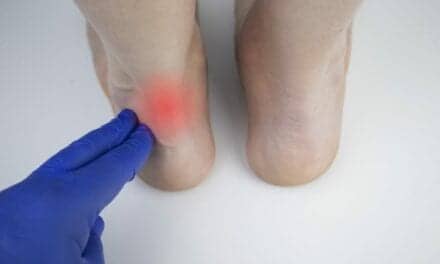An interactive computer program designed at the Wexner Medical Center at Ohio State University is designed to provide feedback about rehabilitation for patients recovering from nervous system injuries. The Embedded Art software, invented by Lisa Worthen-Chaudhari, MFA, MS, CCRC, is a tool that uses sensors to track a patient’s movement during rehabilitation exercises and translates it onto a computer screen as an abstract painting. Worthen-Chaudhari has been testing the program and hopes to distribute it to the public.
Worthen-Chaudhari, who is an associate director of the Motion Analysis and Recovery Laboratory at Ohio State, says that as both a dancer and scientist, she understands interactive art and wanted to infuse science and art to motivate patients to push themselves in therapy, according to a news report from The Columbus Dispatch. Worthen-Chaudhari states, “It’s been a catalyst for really poignant conversation and how to take (this treatment) to the next level.”
Researchers tested the Embedded Arts software on 21 patients whose brain and spinal cord injuries limited their mobility or cognitive functions, as indicated The Columbus Dispatch. Worthen-Chaudhari and the Wexner Medical Center are working to develop the Embedded Arts technology for patients’ homes, and she says the medical center is launching a program to prevent falls and that Embedded Art software may help improve balance.
In addition, the program may also be used to rehab knee injuries, reduce arthritis pain, and specifically improve balance in cancer patients who have nerve damage from chemotherapy, according to Worthen-Chaudhari.
Worthen-Chaudhari declares, “This is the future of rehabilitation. Art and science aren’t that different. They’re both re-creative processes.”
[Source: The Columbus Dispatch]





